What is a Squeeze Page? And Does Your Business Need One?
In today’s digital marketing landscape, acquiring leads and expanding email lists are crucial for developing potential customer connections and boosting sales. A squeeze page is one of the most effective methods for achieving marketing objectives. This article explains what squeeze pages are, how they operate, and their value for your business. By the end of this article, you’ll understand how to use squeeze pages to support modern marketing strategies.
What is a Squeeze Page?
 A
squeeze page is a focused landing area that requests visitors’ contact
details, especially email addresses, in exchange for valuable offers. It
differs from other landing pages by focusing solely on gathering leads, rather
than promoting products or services. These pages have simple designs with an
easy-to-spot request and an offer that entices people to sign up.
A
squeeze page is a focused landing area that requests visitors’ contact
details, especially email addresses, in exchange for valuable offers. It
differs from other landing pages by focusing solely on gathering leads, rather
than promoting products or services. These pages have simple designs with an
easy-to-spot request and an offer that entices people to sign up.
Key Characteristics of Squeeze Pages
- These focused design elements reduce distractions to support one aim: collecting customer leads.
- These pages include basic form fields with one or two entry fields, such as name and email address.
- Visitors receive valuable rewards for participating, such as access to a free ebook or webinar.
- The page buttons aim to persuade users to take immediate action.
Squeeze Page vs. Landing Page
In general terms, squeeze pages fall within the landing page category, yet they work differently. Below is a comparison:
| Feature | Squeeze Page | Landing Page |
|---|---|---|
| Purpose | Lead capture | Multiple goals (sales, sign-ups, etc.) |
| Form Fields | Minimal (name, email) | Can include extensive details |
| Page Length | Short | Can vary (short or long) |
| Traffic Sources | Targeted campaigns | Multiple sources (organic search, ads) |
| Distractions | None | May include navigation links |
How Does a Squeeze Page Work?
Squeeze pages function as value exchange platforms when users provide their contact details. Here’s how they typically work:
- Squeeze pages attract visitors through targeted ads and social media posts.
- The page features an offer, such as free materials or discounts.
- Visitors provide their contact details via an opt-in form.
- Users receive their chosen material via email after completing the form.
- Businesses use the email list to convert leads into customers through promotional emails or targeted outreach.
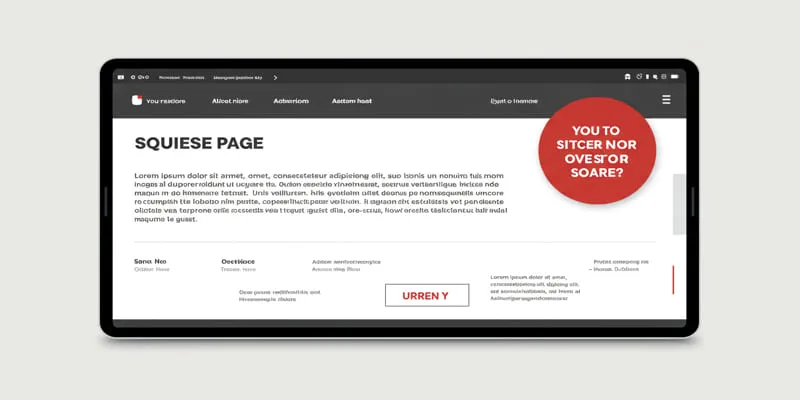Does Your Business Need a Squeeze Page?
Whether your business needs a squeeze page depends on its marketing goals. If generating leads is a priority, then implementing squeeze pages is essential.
Benefits of Using Squeeze Pages
- Squeeze pages enable companies to rapidly grow their email list by limiting content to contact submission.
- These simple, targeted pages effectively convert visitors.
- Squeeze pages allow businesses to build an email subscriber base at a low cost, as email marketing offers an excellent return on investment.
- New leads receive targeted messages to develop business relationships after providing contact details.
Industries That Benefit from Squeeze Pages
Squeeze pages serve various market sectors effectively due to their versatility.
- Encourage new buyers to provide contact information by offering online discounts via your email platform.
- Promote educational content through free webinars to attract more students.
- Software companies can offer sample content to engage users with their product.
- Health and wellness providers should introduce free assessment sessions to collect contact information.
Elements of a High-Converting Squeeze Page
Follow these steps to build a successful squeeze page:
1. Compelling Headline
Your headline should capture your audience’s attention and explain the benefits of your offer. For example:
“Click Here to Receive Our Guide on Increasing Your Work Efficiency at No Cost.”
2. Enticing Offer
Provide incentives that your audience will value, such as discounts or webinars, to encourage participation.
3. Minimal Design
The page design should be simple and free from navigation tools to keep visitors focused on the content.
4. Clear Call-to-Action
Guide your audience to sign up immediately and download their free ebook.
5. Opt-In Form
Use a minimal entry form with basic details like name and email to streamline the registration process.
6. Trust Signals
Include credibility indicators, such as customer testimonials and recognized brand logos, to help users make informed decisions.
Examples of Effective Squeeze Pages
Check out these real examples of successful squeeze pages:
MorningBrew Newsletter
- The page features an attention-grabbing headline to attract new readers of daily business news.
- You can subscribe by entering your email address in a simple sign-up box.
SEMrush Free Trial
- Providing your contact information grants access to top-tier SEO tools.
- Benefits and customer stories illustrate why customers choose the product.
HubSpot Resource Guide
- Desktop users receive special marketing materials by downloading guides.
- The page features eye-catching graphics with direct wording.
Best Practices for Creating Squeeze Pages
Enhance lead generation through your squeeze pages by following these strategies:
- Test different headlines, calls-to-action, and designs to identify what yields the best results.
- Ensure your page is mobile-friendly, as many users access it via smartphones.
- Focus solely on gathering visitor information by keeping the page uncluttered.
- Analyze lead generation results to understand what attracts or repels visitors.
Challenges of Using Squeeze Pages
Despite their effectiveness, squeeze pages present certain challenges:
- Many visitors hesitate to provide information without encountering a compelling offer.
- Offline businesses struggle to gather complete lead information due to limited entry fields.
- Excessive pop-ups can annoy users and disrupt their experience.
To achieve better results, offer genuine value and use pop-ups judiciously.
Conclusion
A well-crafted squeeze page can transform lead generation for businesses aiming to grow their email subscriber base and manage leads efficiently. By offering valuable incentives in exchange for leads, businesses build strong connections that help achieve sales targets. Incorporating squeeze pages into your marketing strategy will yield better outcomes, especially when combined with follow-up systems that keep users engaged.
Related Articles

The 10 Best Email Drip Campaign Software in 2025 to Automate Your Outreach

How to Unsend an Email in Gmail Effectively
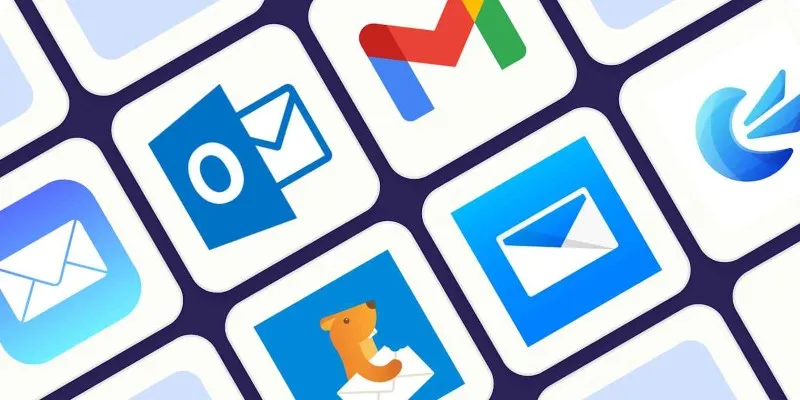
The 8 Best Email Apps for iPhone in 2025 to Keep You on Top of Things

Boost Engagement: 8 Ways to Automate Your Email Newsletters and Drip Campaigns

The Best Email Drip Campaign Software: Top Picks for Seamless Automation

Which Are The 6 Best Email Clients for Mac: A Comprehensive Comparison

5 Proven Ways to Automate WordPress and Streamline Your Website Management

Upgrade Your Email Experience: The 7 Best Email Clients for Windows
Popular Articles
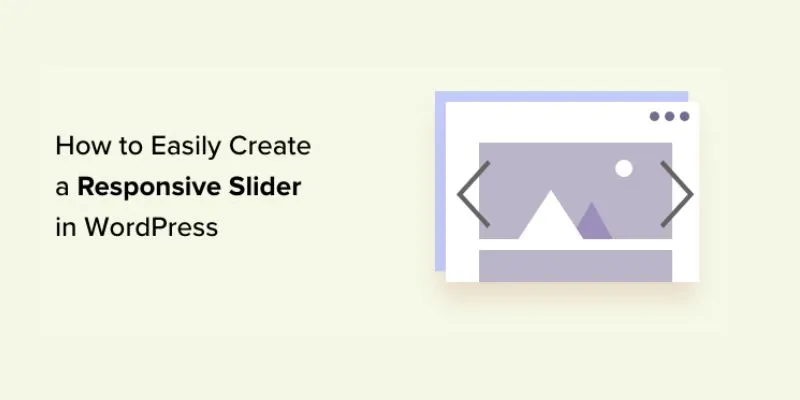
How to Easily Create a Responsive Slider in WordPress: A Step-by-Step Guide

Easy Ways to Convert Video on Windows and Mac for Free

The 6 Best Payment Processing Platforms in 2025 for Smooth, Secure Transactions
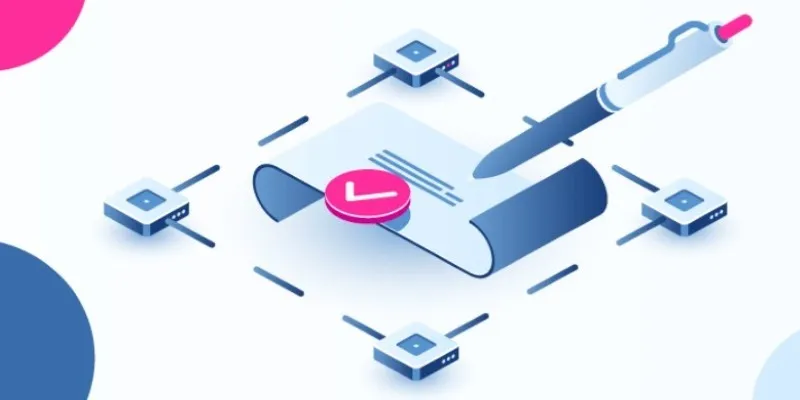
Create Your E-Signature Fast: Top 6 Digital Signature Tools

ECommerce Platform Comparison: Find the Best Fit for Your Business

High-Quality Music Video Editing: Best 5 Desktop Software Picks

Slack vs. Discord: Choosing the Right Tool for Your Workspace

How to Add Social Media Icons to WordPress Menus in a Few Easy Steps

The 6 Best eCommerce Website Builders for a Successful Online Store in 2025

Everything You Need to Know About CapCut Video Upscaler
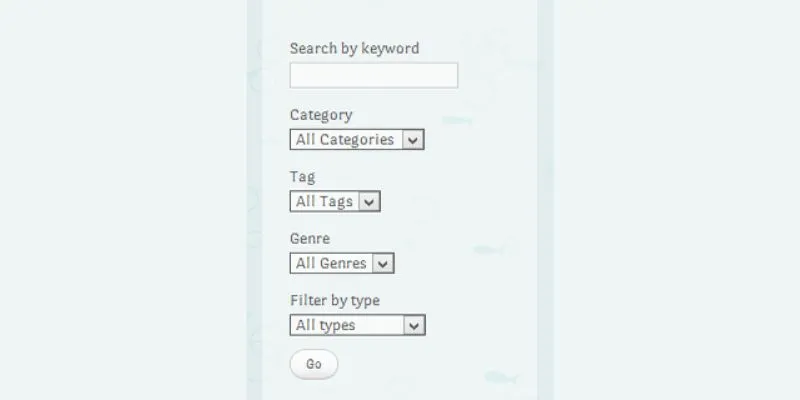
How To Add An Advanced Search Box In WordPress Using Facetious: A Guide

 mww2
mww2